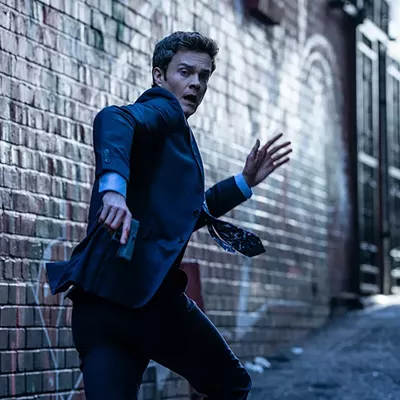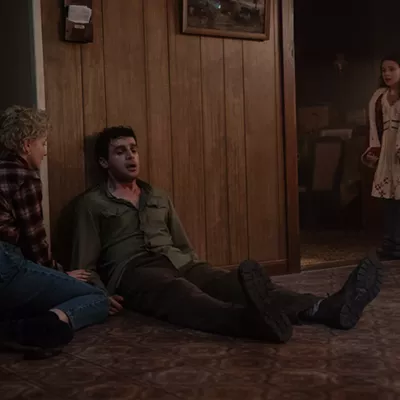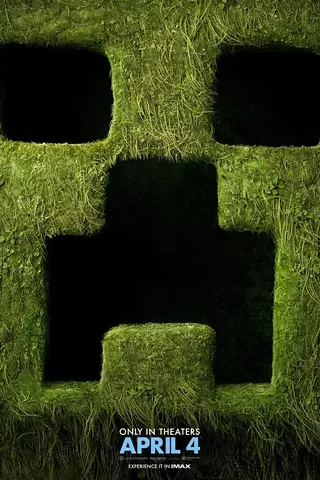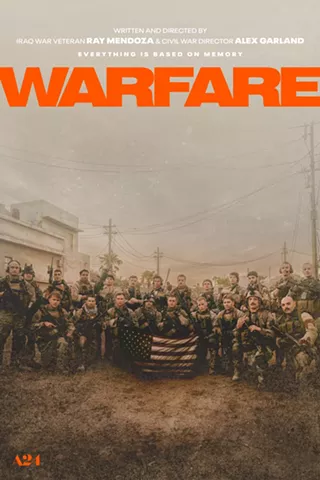Wes Craven’s A Nightmare on Elm Street is in the upper tier of horror movies. It looks incredibly dated 30 years on, but among the slasher flicks that actually tried to incorporate a story, it’s among the very best. A couple other entries in the franchise are also interesting, if not good films.
As it turns out, the plot for all the Elm Street flicks—a lunatic can hunt you in your dreams and kill you if you don’t wake up—was not just sheer creativity. Craven had read a series of articles about mysterious deaths in Los Angeles: Cambodian refugees who fled the Khmer Rouge were having such terrifying dreams that they tried to stop sleeping altogether. Eventually, several of them died in their sleep. We now know that it’s something called sudden unexpected death syndrome, which killed over 200 men from Southeast Asia in the 1980s, but for a while, it was thought to be extreme cases of sleep paralysis.
If you don’t remember your dreams you may not know what it is, but sleep paralysis creates incredibly lucid nightmares, in which you are generally aware that you’re asleep and in your bed but the things are coming to get you and you can’t move or yell or wake yourself up. Holy shit. How this has never been a documentary before The Nightmare is a mystery, so kudos to director Rodney Ascher for making a non-fiction film that will legitimately scare people.
Elm Street makes for a great companion, or the object in the rear view mirror that is larger than it appears, because both films work for the exact same reason. They’re roller coasters, and not just in the emotional sense—in the setup of both films, you’re actually strapped in and can’t do anything about what’s terrifying you. Ascher really delves into two distinct elements here. Interviewing a number of sufferers (and a couple of people who claim to have beaten the nightmares through faith), he uses Skype or lo-fi handheld cameras. Keeps it more authentic. The interviews take place wherever people happen to be in their daily lives and nothing about them looks staged.
Ascher also tries to capture the nightmares themselves. Reenactments can be sketchy business because in most cases, the artifice clearly shows. When you see them on those true crime shows, an extra effort is made visually to indicate what you’re watching is just a depiction: softer focus, lower light, that kind of thing. That’s the case here, too, but “The Nightmare” showcases some good visual and audio effects to give the dream sequences more impact. Somehow, the two incongruous styles work well together, punctuated by the descriptions provided by the affected interviewees.
The Nightmare may be unique in recent memory in that the people who would get the most out of it will be too frightened to buy a ticket. From what you hear of sleep paralysis, in this documentary and through message boards and conversation with other sufferers, it’s the most helpless feeling in the world. Many have nightmares about the same thing, the Shadow Men, dark, faceless figures who enter your room and torment the bejesus out of you, and some even feel physical pain in the dream that persists once they wake up. Who would pay to go through that if they already have to and find the whole ordeal inescapable? For the rest of us, The Nightmare is just plain creepy. And even at a time when horror films are enjoying a welcome renaissance, it’s always good to step back into Freddy’s world.









